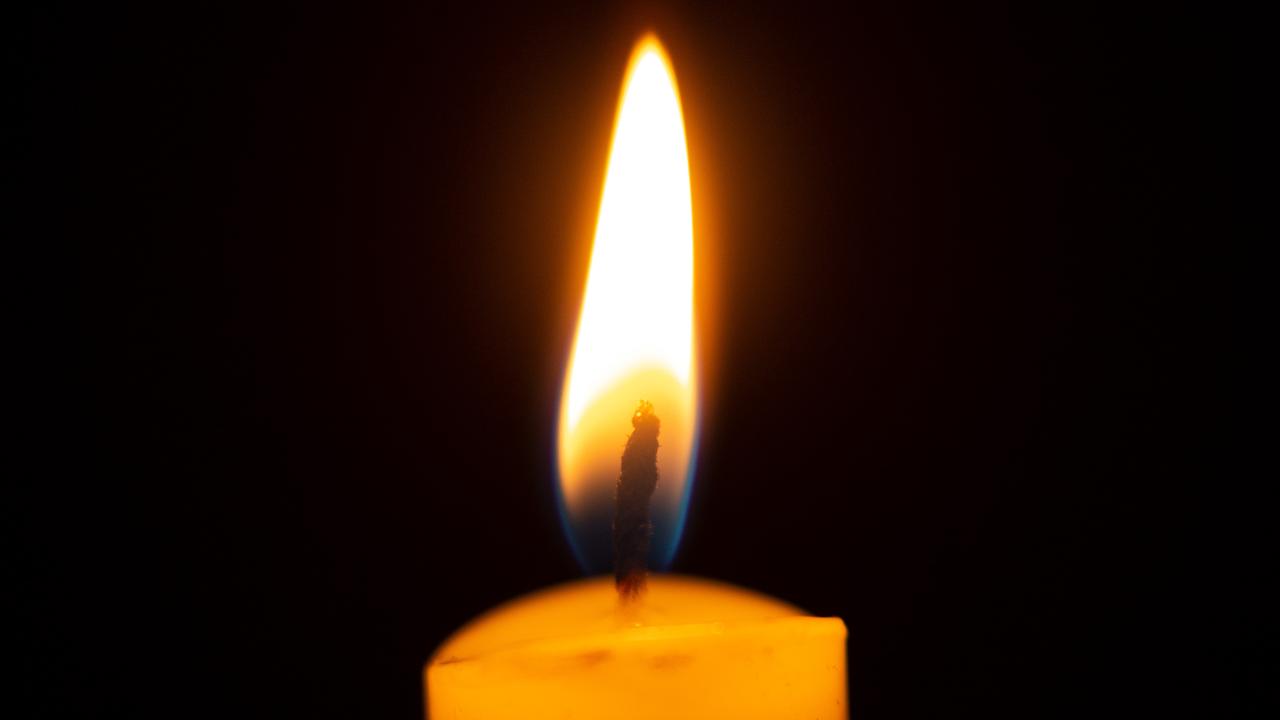Torrensville’s Private Francis Gilbert Evans’ last days revealed in commander’s war diaries
GRAVE number one, row A, plot one at Pieta Military Cemetery on the Malta bares the name of a Torrensville soldier.

ANZAC Centenary
Don't miss out on the headlines from ANZAC Centenary. Followed categories will be added to My News.
GRAVE number one, row A, plot one at Pieta Military Cemetery in Malta bares the name of Torrensville soldier Private Francis Gilbert Evans.
He died, aged 21, on May 31st, 1915, 36 days after he and about 1000 men from Adelaide’s 10th Battalion became one of the first to set foot ashore at Gallipoli on April 25.
Not much is known about the young electrician, who enlisted at Morphettville just two weeks after Britain declared war on Germany.
Private Evans left Australian shores for the last time on October 20, 1914 from Outer Harbor on board the HMAT Ascanius.
He and his 10th Battalion mates were stationed in Egypt and on the Greek island of Lemnos before sailing for Turkey on April 24, 1915.
The diary of the battalion’s Adelaide commander, Colonel Stanley Price-Weir, tells the story of the opening days of the battle at Gallipoli, when many were killed.
The soldiers climbed in to row boats and hit the Turkish coast in the early morning of Arpril 25.
“No sound was heard except the splash of the oars,” Col. Price-Weir wrote.
“We thought that our landing was to be effected quite unopposed, but when our boats were about 30 yards from the beach a rifle was fired from the hill in front of us.
“Almost immediately heavy rifle and machine gun fire was opened upon us.”
An entry from April 29th said those men who survived the landing were exhausted from fear and fighting.
“Their nerves (are) shattered after 96 hours of continuous fighting in the trenches with little or no sleep (and) the dreadful anxiety of not knowing how the battle was progressing,” Col. Price-Weir wrote.
In the first month of the campaign more than 4000 wounded Anzacs were transported to Malta’s hospitals from Gallipoli and by the end of the war almost 58,000 had been transported to the island, which became known as ‘Nurse of the Mediterranean’.
By the end of World War I, 202 Australians and 72 New Zealanders were buried on the island.
DIARY EXTRACTS FROM COLONEL STANLEY PRICE-WEIR:
25/4/1915
“Absolute silence was maintained by all.
“The boats were cast off by the steamers we quietly rowed towards the shore. Dawn was just breaking 4.15. No Sound was heard except the splash of the oars. We thought that our landing was to be effected quite unopposed, but when our boats were about 30 yards from the beach a rifle was fired from the hill in front of us above the beach, right in front of where we were heading for. Almost immediately heavy riffle and machine gun fire was opened upon us.
We had to row for another 15 yards or so before we reached water shallow enough to get out of the boats. This was at about 4.15am
The men got out of the boats in about 3ft of water.
All bravely and silently made all haste to reach the beach under a ...(illegible)
29/4/1915
Our men were thoroughly exhausted. Their nerves shattered after 96 hours of continuous fighting in the trenches with little or no sleep. The dreadful anxiety of not know how the battle was progressing.
The enemy shelled our trenches and fired heavy (illegible) of rifle fire at our trenches, which gave us the impression that they intended to rush our position. At no time during the 96 hours did their firing cease although it reduces in volume at times the fusillade was simply deafening but fortunately it did little damage for our men by this time were well dug in.
The enemy on several occasions threatened to make a bayonet charge but our rifle and machine fire evidently prevented them from doing so.
THIS story is part of Messenger’s 100 Years, 100 Days, 100 Stories project, which will profile 100 South Australian World War I heroes as the nation builds up to the centenary of the Allied landing on Gallipoli on April 25, 1915. If you have the details and war record of a family member who served during World War I, let us know. Please go to your local Messenger’s Facebook page and send us the details.
Originally published as Torrensville’s Private Francis Gilbert Evans’ last days revealed in commander’s war diaries


